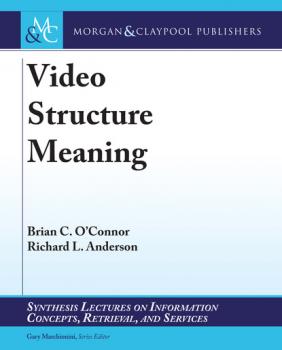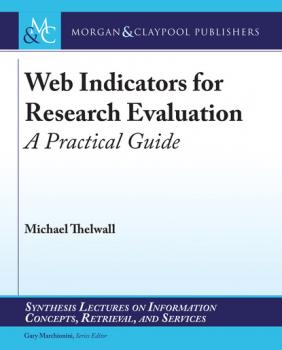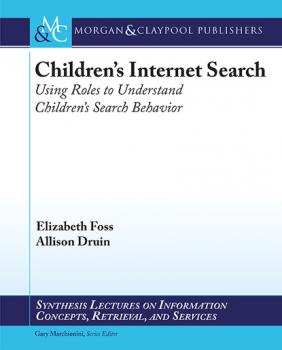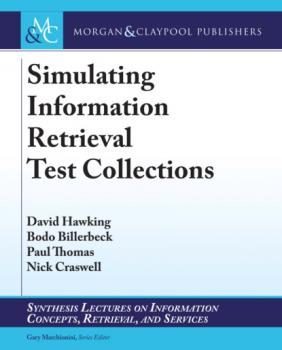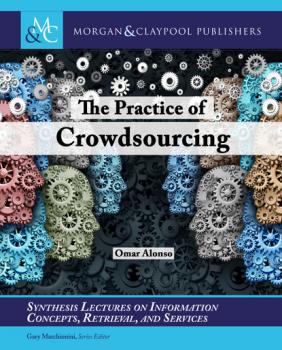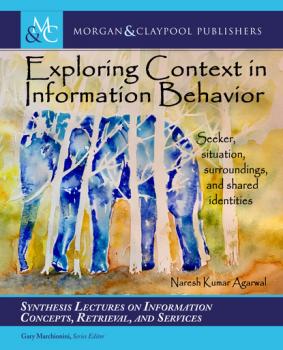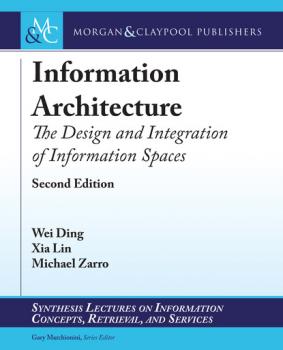Synthesis Lectures on Information Concepts, Retrieval, and Services
Скачать книги из серии Synthesis Lectures on Information Concepts, Retrieval, and ServicesWeb Indicators for Research Evaluation
In recent years there has been an increasing demand for research evaluation within universities and other research-based organisations. In parallel, there has been an increasing recognition that traditional citation-based indicators are not able to reflect the societal impacts of research and are slow to appear. This has led to the creation of new indicators for different types of research impact as well as timelier indicators, mainly derived from the Web. These indicators have been called altmetrics, webometrics or just web metrics. This book describes and evaluates a range of web indicators for aspects of societal or scholarly impact, discusses the theory and practice of using and evaluating web indicators for research assessment and outlines practical strategies for obtaining many web indicators. In addition to describing impact indicators for traditional scholarly outputs, such as journal articles and monographs, it also covers indicators for videos, datasets, software and other non-standard scholarly outputs. The book describes strategies to analyse web indicators for individual publications as well as to compare the impacts of groups of publications. The practical part of the book includes descriptions of how to use the free software Webometric Analyst to gather and analyse web data. This book is written for information science undergraduate and Master’s students that are learning about alternative indicators or scientometrics as well as Ph.D. students and other researchers and practitioners using indicators to help assess research impact or to study scholarly communication.
Exploring Context in Information Behavior
The field of human information behavior runs the gamut of processes from the realization of a need or gap in understanding, to the search for information from one or more sources to fill that gap, to the use of that information to complete a task at hand or to satisfy a curiosity, as well as other behaviors such as avoiding information or finding information serendipitously. Designers of mechanisms, tools, and computer-based systems to facilitate this seeking and search process often lack a full knowledge of the context surrounding the search. This context may vary depending on the job or role of the person; individual characteristics such as personality, domain knowledge, age, gender, perception of self, etc.; the task at hand; the source and the channel and their degree of accessibility and usability; and the relationship that the seeker shares with the source. Yet researchers have yet to agree on what context really means. While there have been various research studies incorporating context, and biennial conferences on context in information behavior, there lacks a clear definition of what context is, what its boundaries are, and what elements and variables comprise context. In this book, we look at the many definitions of and the theoretical and empirical studies on context, and I attempt to map the conceptual space of context in information behavior. I propose theoretical frameworks to map the boundaries, elements, and variables of context. I then discuss how to incorporate these frameworks and variables in the design of research studies on context. We then arrive at a unified definition of context. This book should provide designers of search systems a better understanding of context as they seek to meet the needs and demands of information seekers. It will be an important resource for researchers in Library and Information Science, especially doctoral students looking for one resource that covers an exhaustive range of the most current literature related to context, the best selection of classics, and a synthesis of these into theoretical frameworks and a unified definition. The book should help to move forward research in the field by clarifying the elements, variables, and views that are pertinent. In particular, the list of elements to be considered, and the variables associated with each element will be extremely useful to researchers wanting to include the influences of context in their studies.
Information Architecture
Information Architecture is about organizing and simplifying information, designing and integrating information spaces/systems, and creating ways for people to find and interact with information content. Its goal is to help people understand and manage information and make the right decisions accordingly. This updated and revised edition of the book looks at integrated information spaces in the web context and beyond, with a focus on putting theories and principles into practice. In the ever-changing social, organizational, and technological contexts, information architects not only design individual information spaces (e.g., websites, software applications, and mobile devices), but also tackle strategic aggregation and integration of multiple information spaces across websites, channels, modalities, and platforms. Not only do they create predetermined navigation pathways, but they also provide tools and rules for people to organize information on their own and get connected with others. Information architects work with multi-disciplinary teams to determine the user experience strategy based on user needs and business goals, and make sure the strategy gets carried out by following the user-centered design (UCD) process via close collaboration with others. Drawing on the authors’ extensive experience as HCI researchers, User Experience Design practitioners, and Information Architecture instructors, this book provides a balanced view of the IA discipline by applying theories, design principles, and guidelines to IA and UX practices. It also covers advanced topics such as iterative design, UX decision support, and global and mobile IA considerations. Major revisions include moving away from a web-centric view toward multi-channel, multi-device experiences. Concepts such as responsive design, emerging design principles, and user-centered methods such as Agile, Lean UX, and Design Thinking are discussed and related to IA processes and practices.

